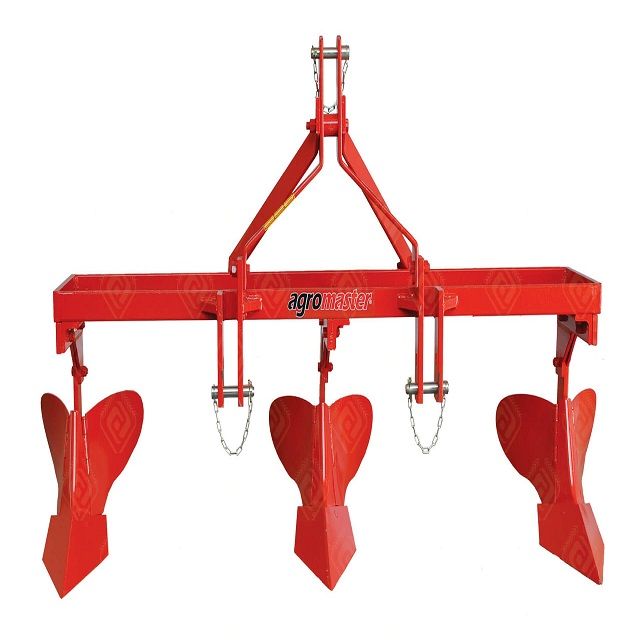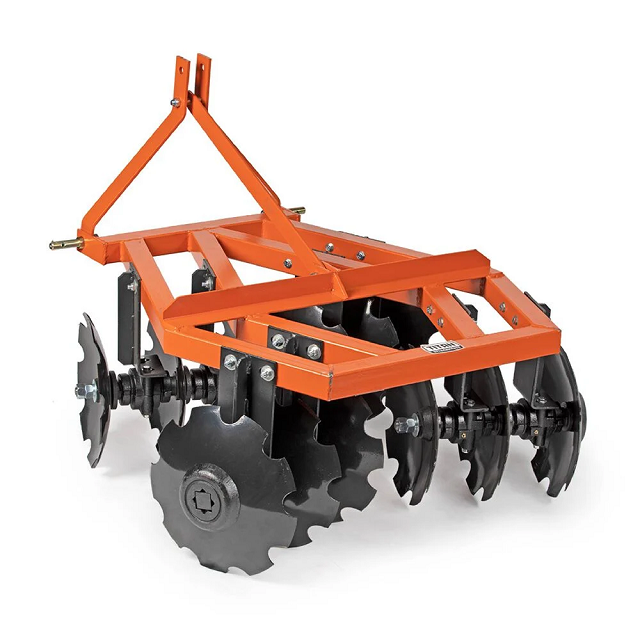
Human skull models serve various purposes in medical education, research, and clinical practice. Here are some notable uses:
Anatomical Education and Training:
Surgical Planning and Practice:
Forensic Science and Anthropology:
Biomechanics and Trauma Research:
Artistic and Cultural Representations:
Medical Device Design and Testing:
Patient Education and Communication:
No review given yet!
 Free shipping on all orders over UGX 1 Millon
Free shipping on all orders over UGX 1 Millon
 Safe & Secure Online Payment Solutions or cash on Delivery
Safe & Secure Online Payment Solutions or cash on Delivery
 7 Days Return Policy
7 Days Return Policy
 Authentic Products with MONEY BACK GUARANTEE 100% money back guarantee
Authentic Products with MONEY BACK GUARANTEE 100% money back guarantee




